The world is full of culinary treasures, with some of the most unique flavors found in the most remote places. Isolated regions, shaped by geography and climate, often have cuisines that are truly one of a kind. These foods are crafted with local ingredients and methods passed down through generations. Each dish tells the story of survival, culture, and adaptation.
Tibetan Cuisine (Tibet)
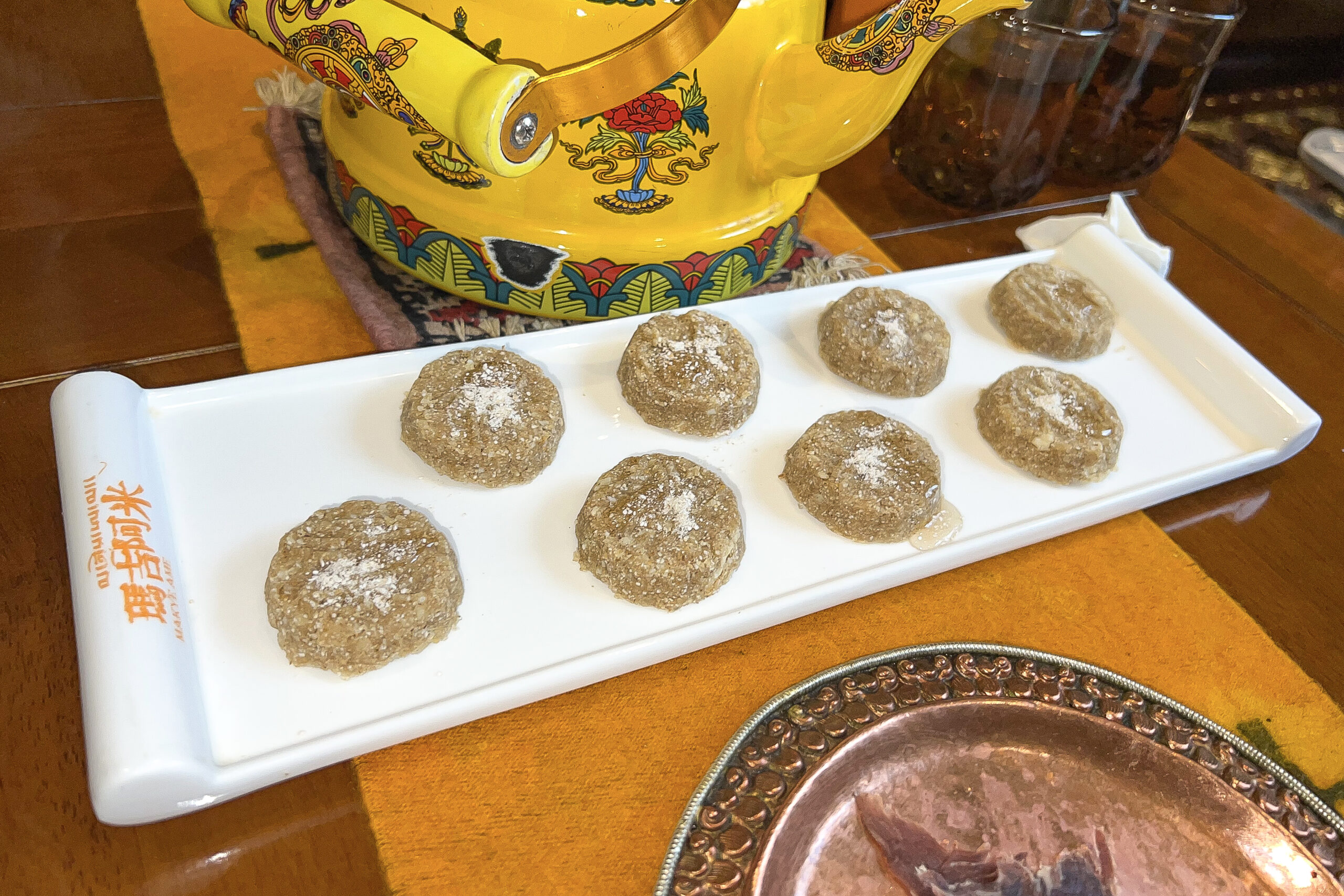
Tibetan cuisine is deeply influenced by the harsh Himalayan climate. Staples like barley, yak meat, and dairy are common due to limited agriculture. Tsampa, a roasted barley flour, is a daily essential. Yak butter tea, rich and salty, provides warmth and energy in the cold. Momos, Tibetan dumplings, are filled with meat or vegetables. Dishes reflect the simplicity and necessity of high-altitude living.
Sami Cuisine (Northern Scandinavia)
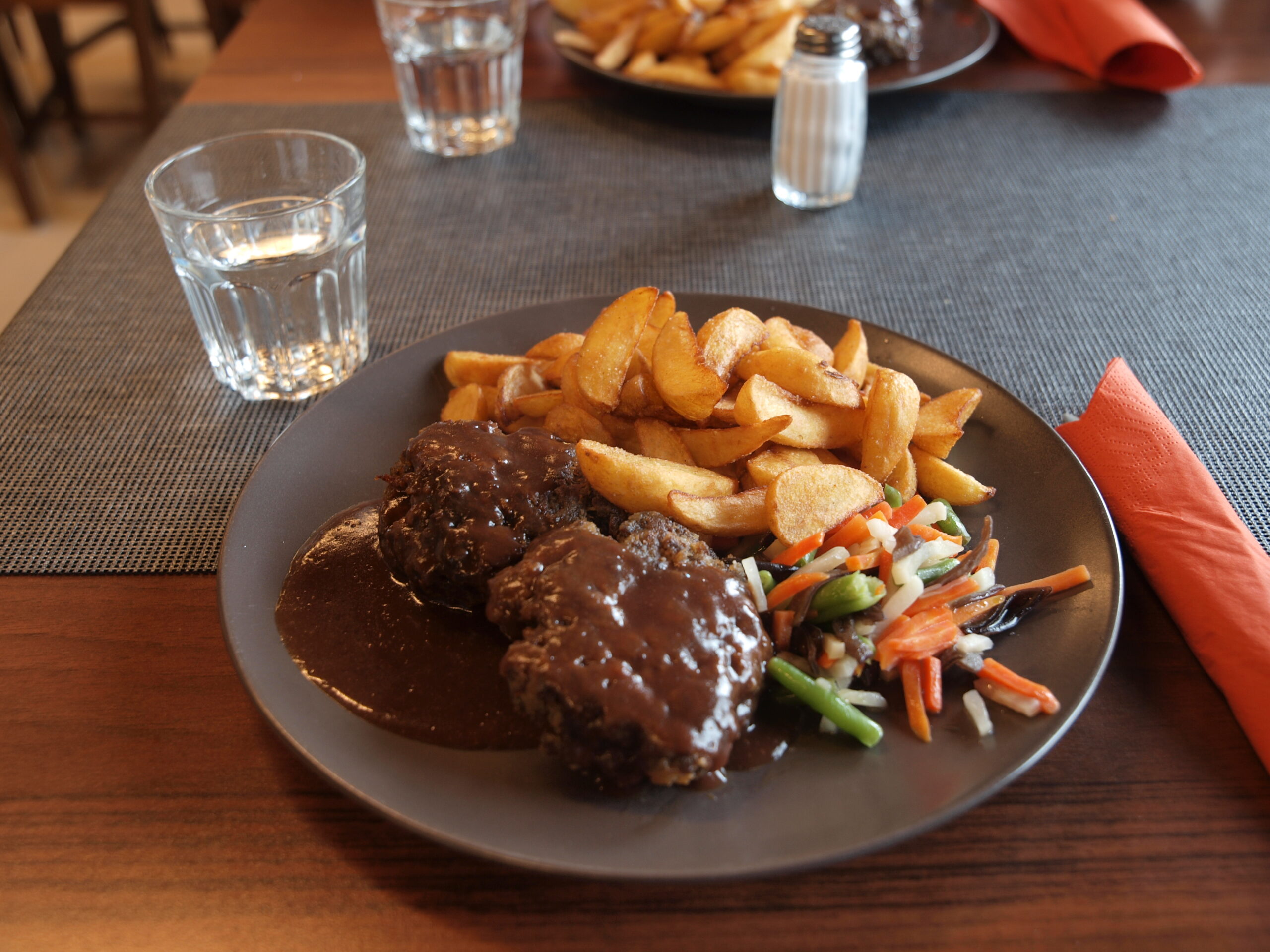
Sami cuisine is rooted in reindeer herding, which is central to their culture. Reindeer meat is dried, smoked, or cooked in stews. Fish from the icy rivers and lakes complements the diet. Berries like cloudberries are harvested and preserved. The use of herbs and plants is minimal, focusing on what the land provides. This cuisine reflects the Sami’s deep connection to nature and survival.
Yakut Cuisine (Sakha Republic, Russia)
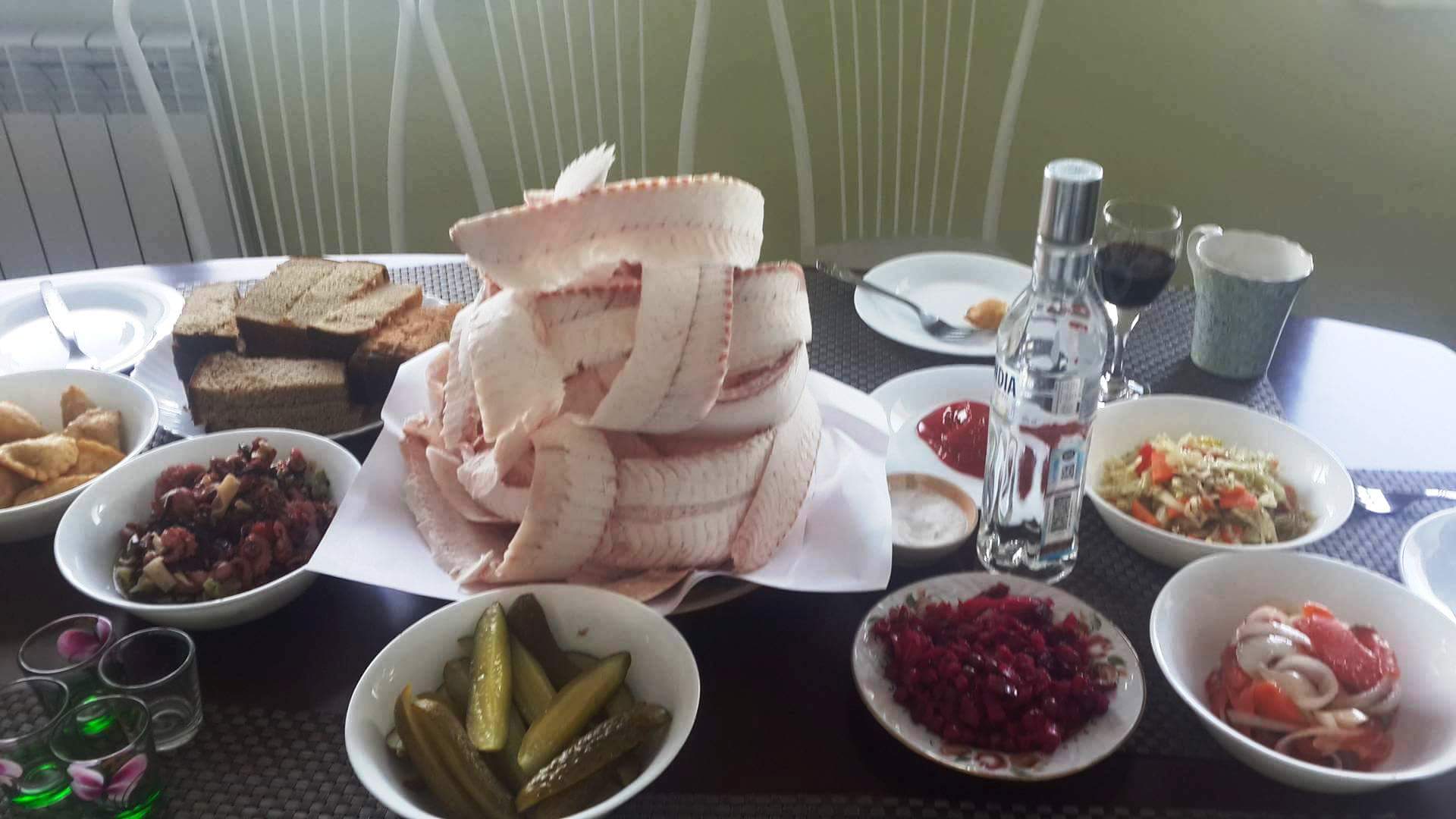
Yakut cuisine is built around the region’s extreme cold. Horse meat and reindeer are the main protein sources, eaten raw, frozen, or boiled. Stroganina, thinly sliced frozen fish, is a delicacy. Dairy products like kumis, a fermented horse milk, play a big role. Due to the permafrost, fruits and vegetables are scarce. The focus is on preserving food for long winters.
Bhutanese Cuisine (Bhutan)
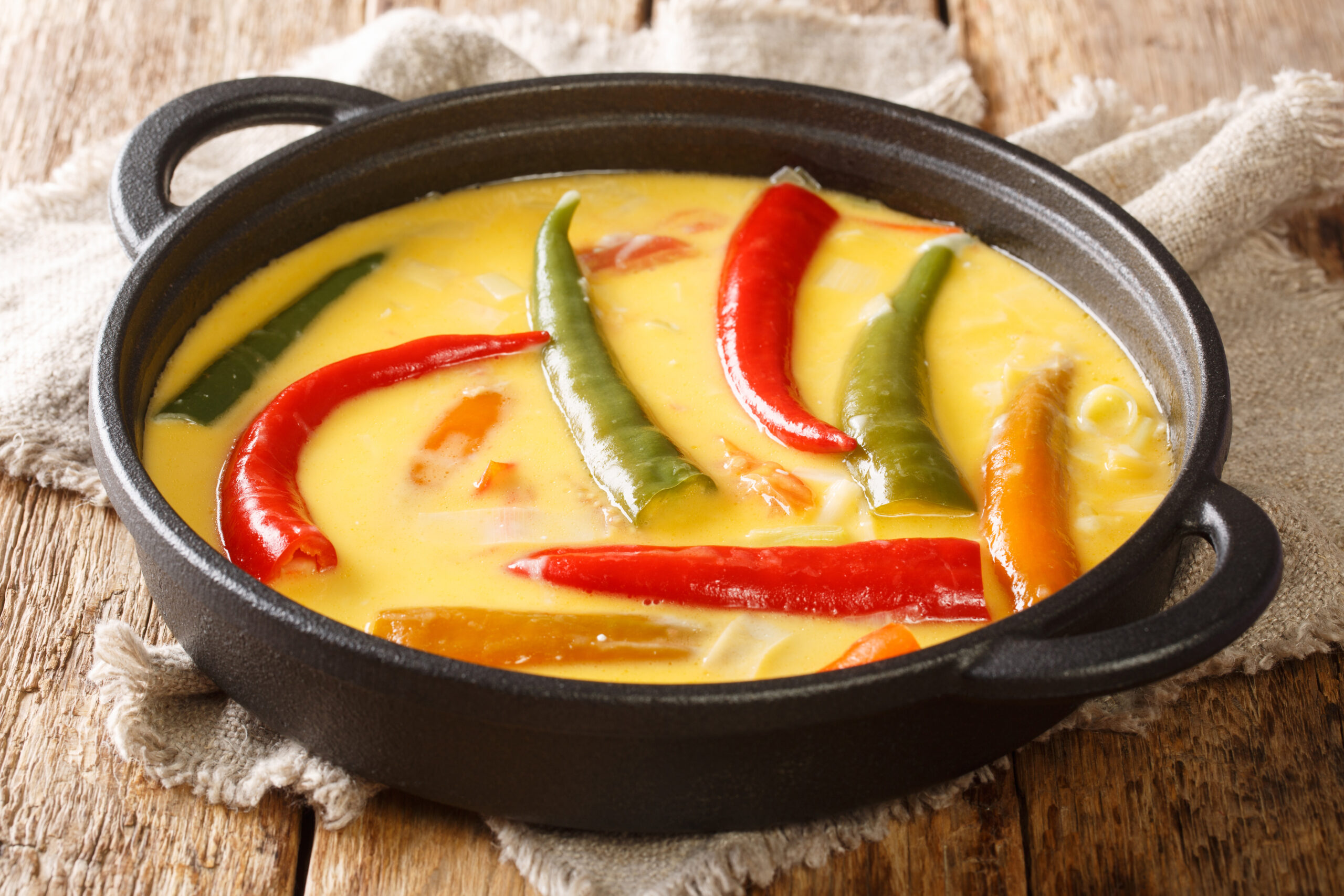
Bhutanese cuisine is centered on rice and chili peppers. Ema datshi, a spicy dish made with chili and cheese, is a national favorite. Red rice is a staple, grown in the terraced fields of the highlands. Meat, such as pork and chicken, is usually dried for preservation. Bhutanese dishes are simple but packed with flavor, often spicy and deeply rooted in local ingredients.
Basque Cuisine (Basque Country, Spain/France)

Basque cuisine is famous for its simplicity and use of high-quality ingredients. Seafood from the Bay of Biscay features heavily. Cod, squid, and hake are popular in stews and grilled dishes. Pintxos, small tapas-like bites, are a Basque tradition. The use of locally grown peppers, olive oil, and garlic adds layers of flavor. Basque dishes often emphasize freshness and seasonality.
Faroese Cuisine (Faroe Islands)
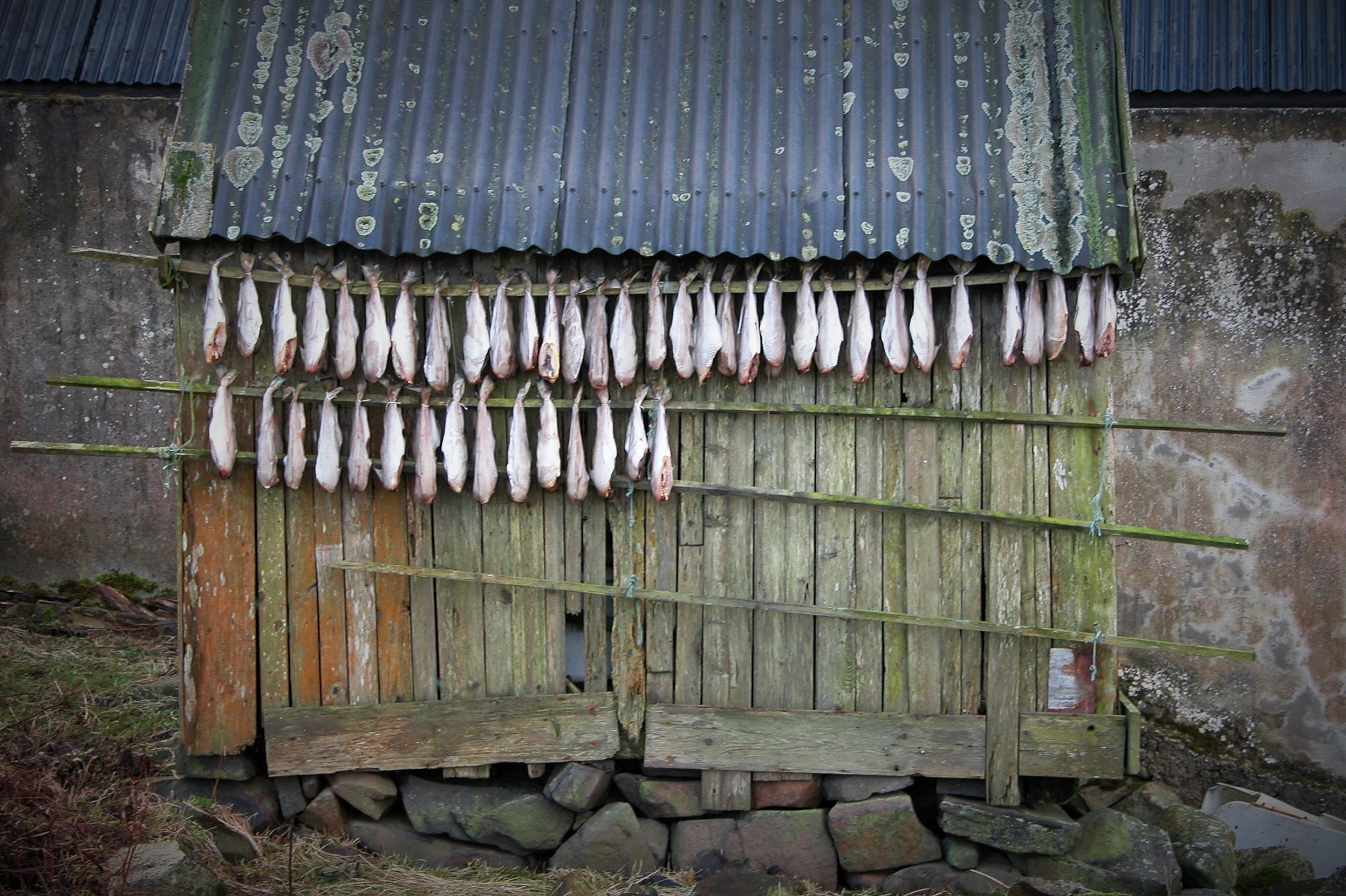
Faroese cuisine is defined by the remote North Atlantic environment. Seafood dominates, with fermented fish and dried lamb being common. Pilot whale meat, a traditional food, is still eaten by many. Potatoes and root vegetables are grown in the rugged soil. The cuisine is rustic, focusing on preservation methods like drying and fermenting due to the lack of fresh produce.
Inuit Cuisine (Greenland)
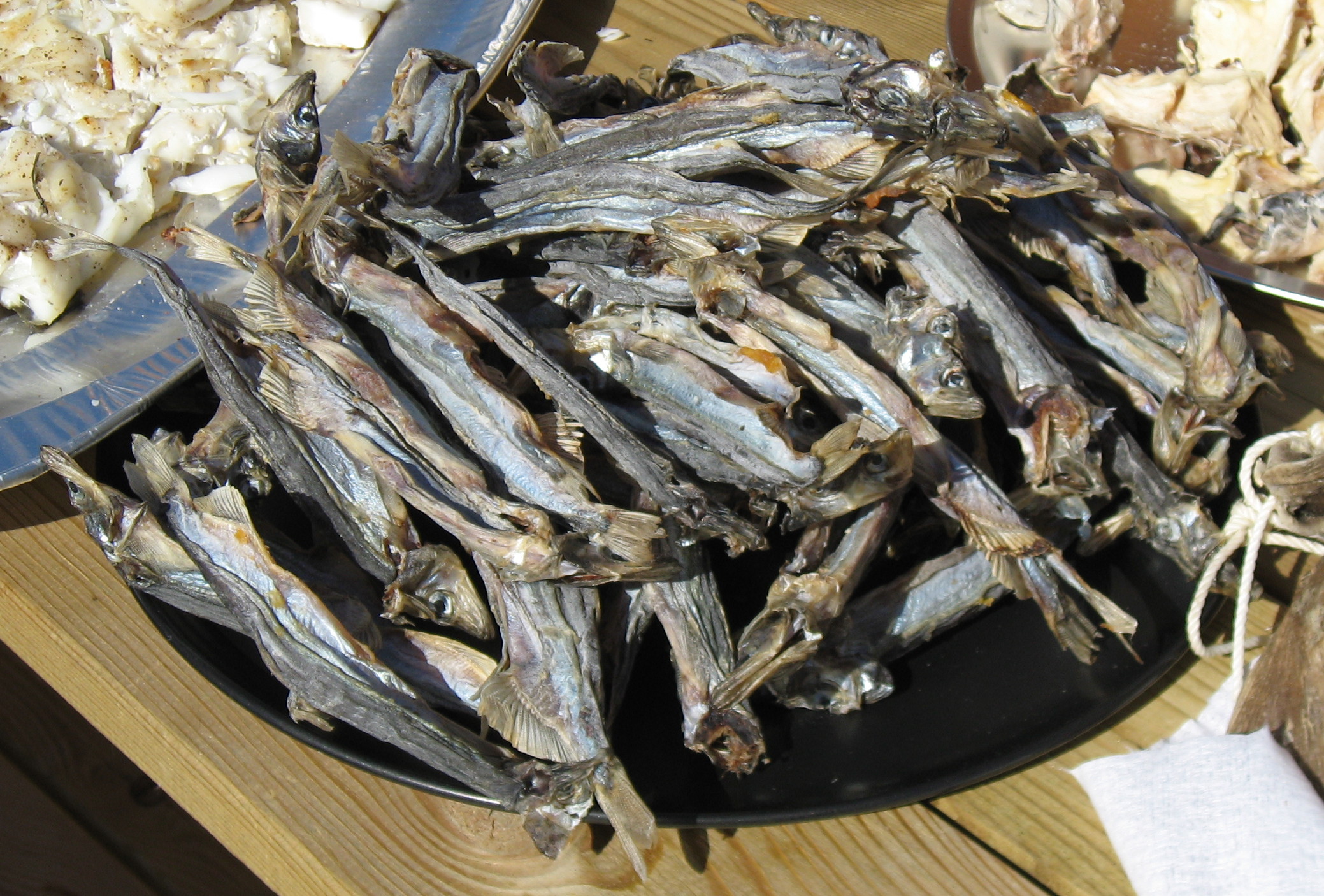
Inuit cuisine reflects the harsh Arctic environment. Seal, whale, and fish are core staples, consumed raw, dried, or frozen. Mattak, whale skin and blubber, is a prized delicacy. Berries and seaweed are foraged during the short summer. The focus is on using every part of the animal, minimizing waste. Preservation methods, like drying and fermenting, ensure food lasts through the long winter months.
Okinawan Cuisine (Okinawa, Japan)
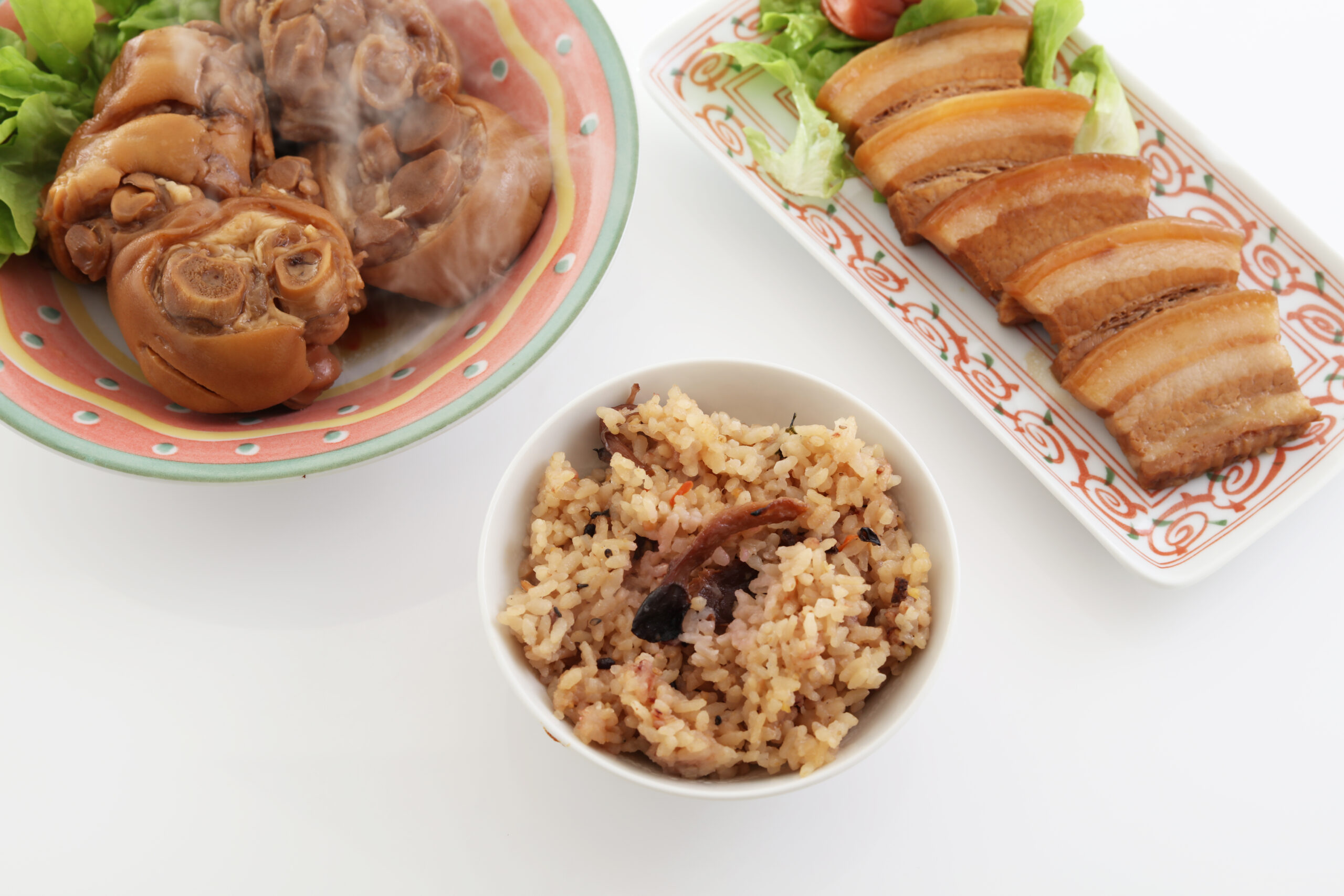
Okinawan cuisine is famous for its focus on longevity and health. Sweet potatoes, bitter melon, and tofu are dietary essentials. Pork is slow-cooked to tenderness in dishes like rafute. Seaweed and fish provide essential nutrients. Meals are light but nutrient-dense, helping Okinawans maintain one of the longest life expectancies in the world.
Sardinian Cuisine (Sardinia, Italy)
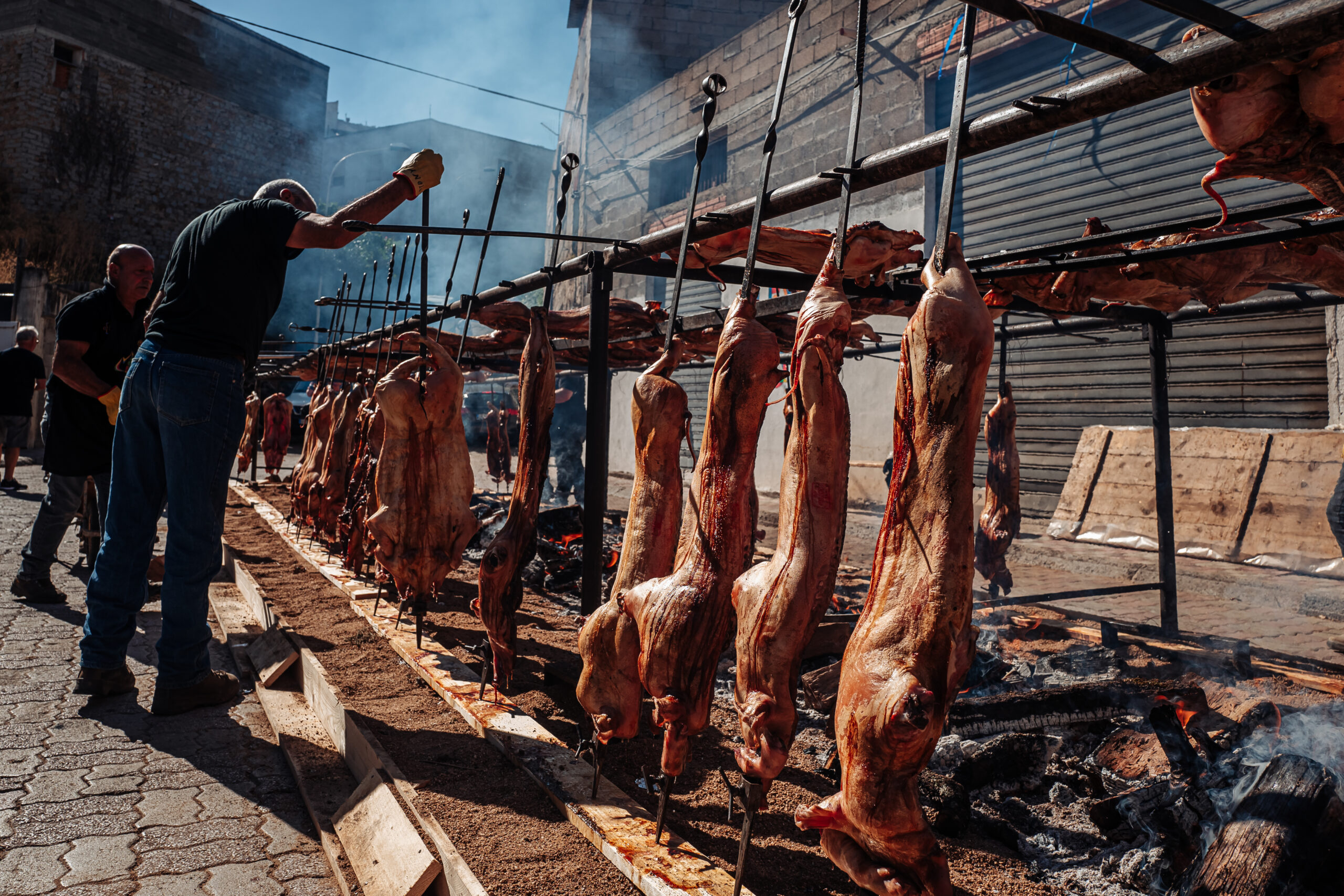
Sardinian cuisine reflects the island’s Mediterranean climate and history. Pecorino cheese, made from sheep’s milk, is a staple. Seafood, like lobster and bottarga, is fresh from the surrounding waters. Suckling pig, or porceddu, is roasted to perfection in traditional feasts. Sardinian bread, known as pane carasau, is thin and crisp, a symbol of the island’s ancient traditions.
Malagasy Cuisine (Madagascar)
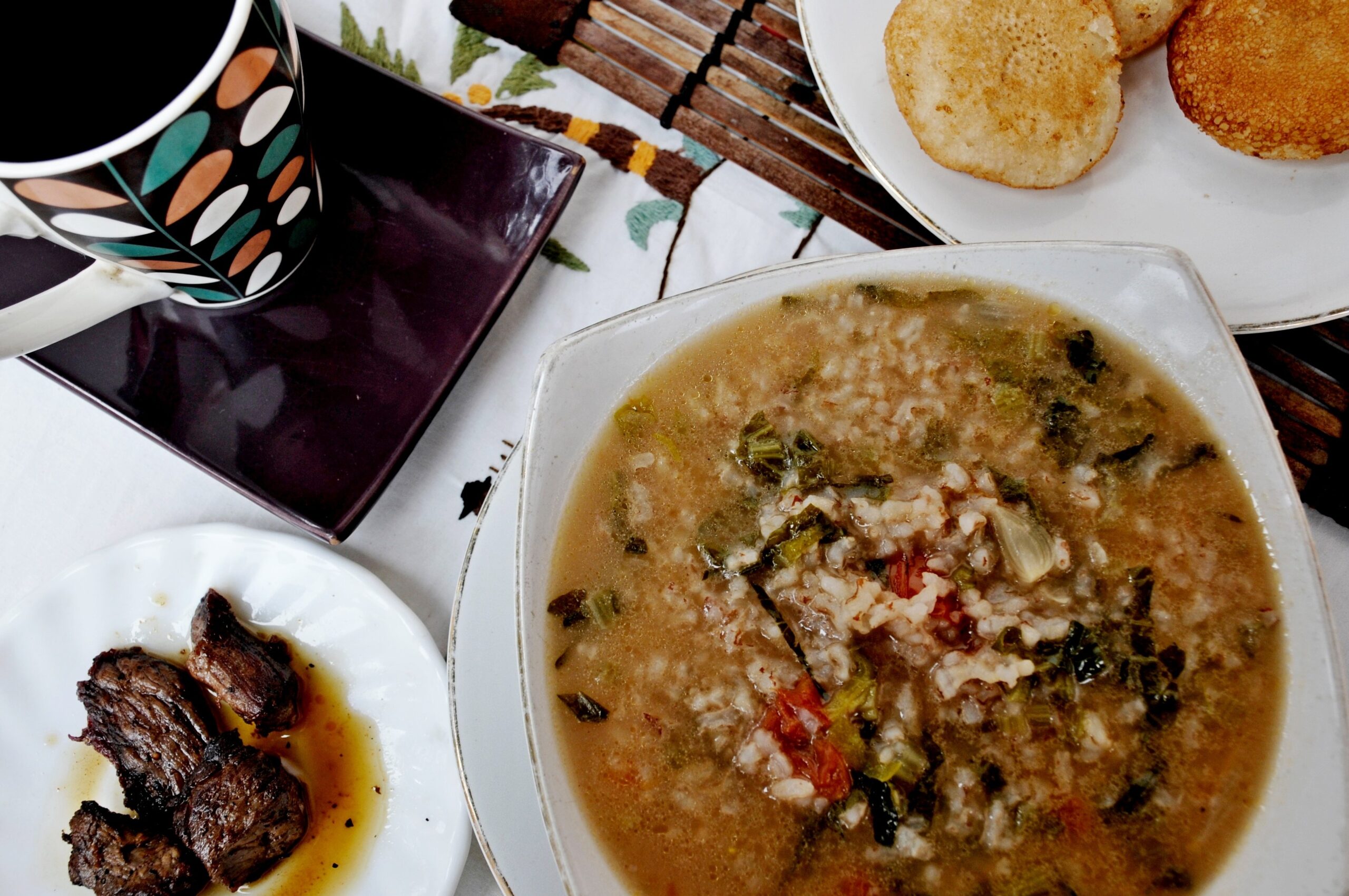
Malagasy cuisine is a fusion of African, Asian, and European influences. Rice is the foundation of most meals, paired with stews of meat or fish. Zebu, a type of cattle, is often grilled or used in hearty broths. Fresh fruits like lychees and coconuts add sweetness to the diet. The dishes are simple, making the most of the island’s natural bounty.
Naga Cuisine (Nagaland, India)
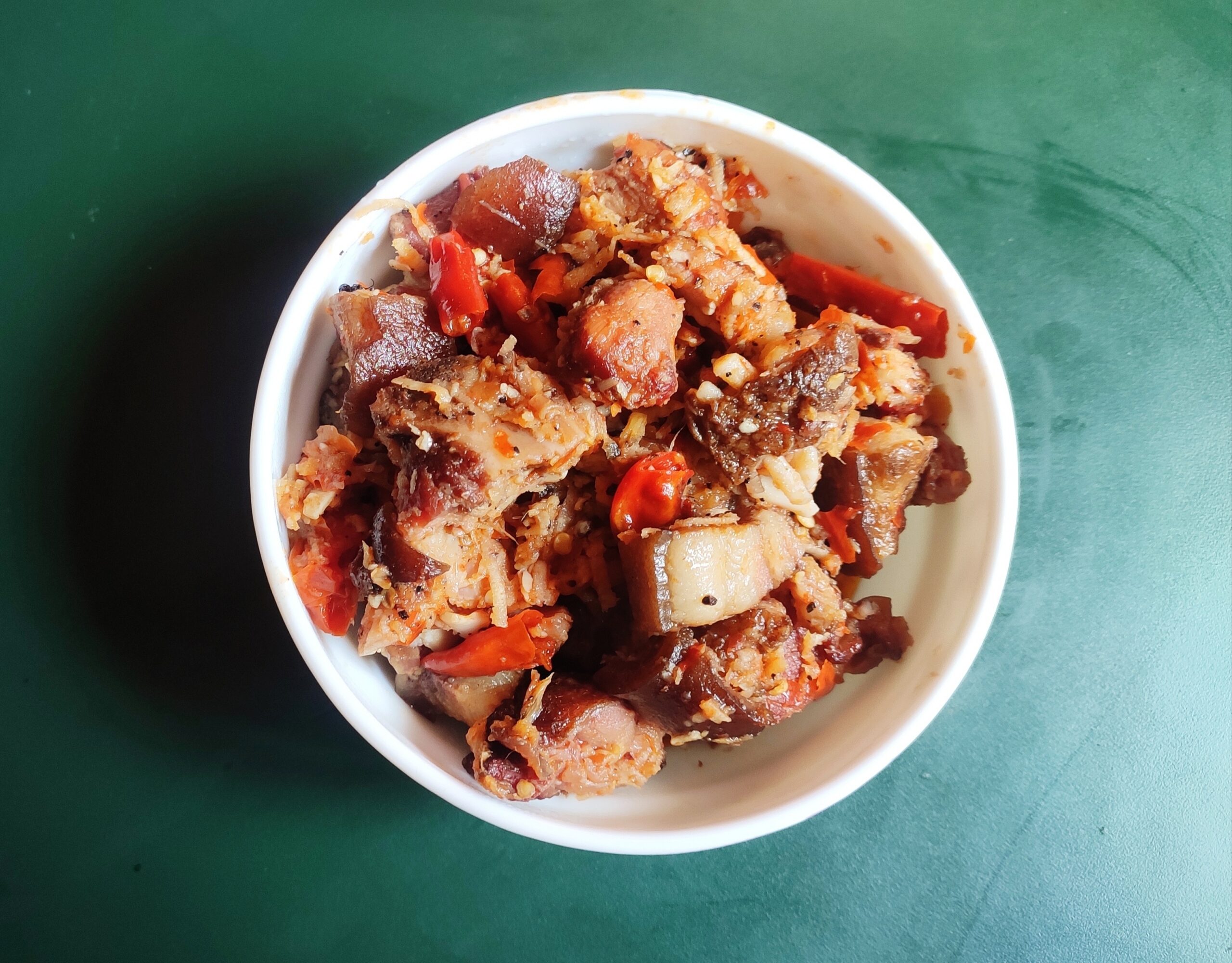
Naga cuisine is known for its bold flavors and use of local ingredients. Bamboo shoots and fermented soybeans are common in many dishes. Pork, cooked with Naga chili and herbs, is a favorite. Smoked meats are used to enhance flavors in stews. The cuisine reflects the region’s agricultural roots and emphasis on fermentation and preservation.
Maori Cuisine (New Zealand)
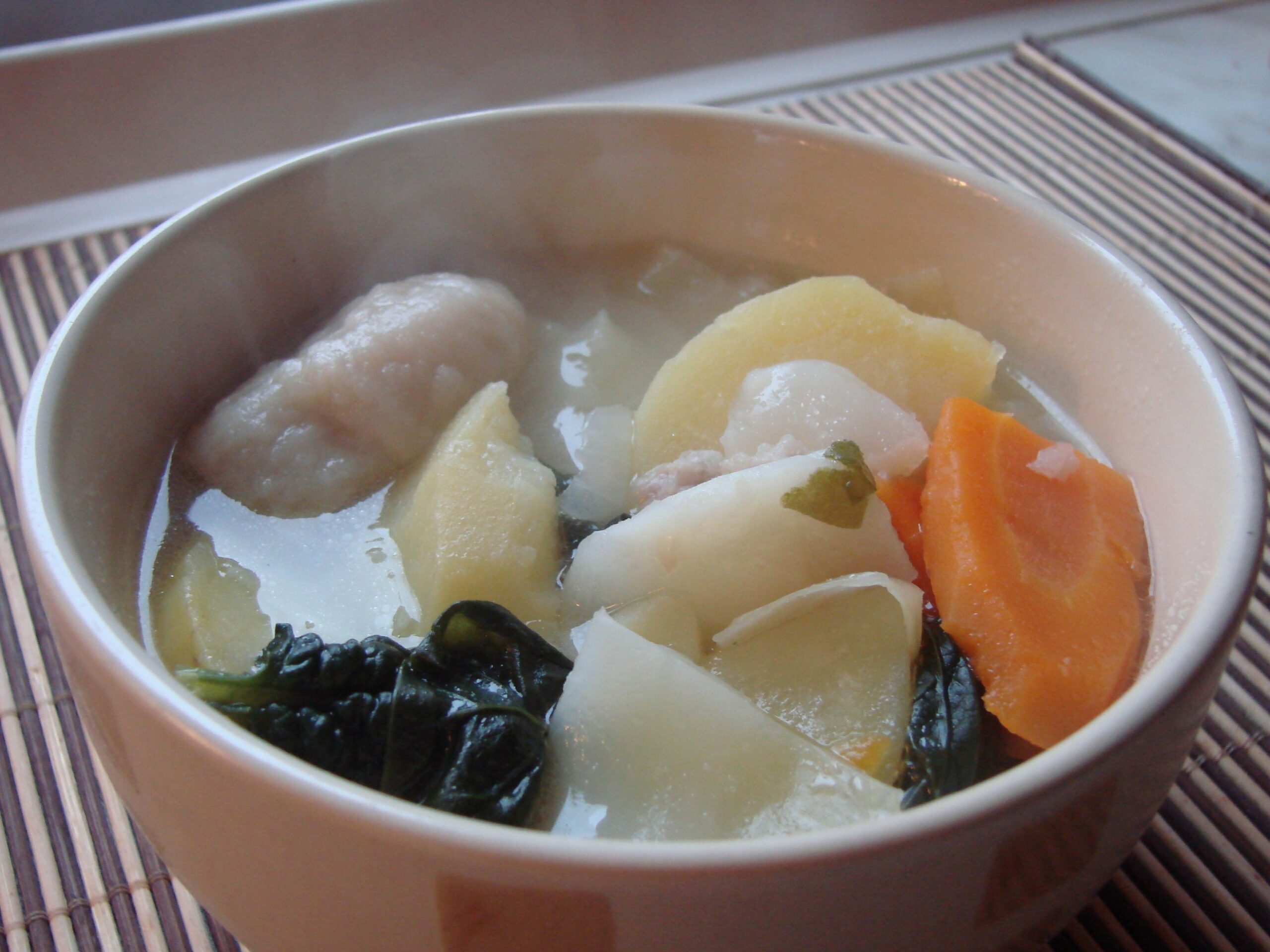
Maori cuisine is deeply connected to the land and sea. Hāngi, a traditional cooking method, uses earth ovens to slow-cook meat and vegetables. Kumara, or sweet potato, is a staple crop and often roasted. Seafood, like mussels and crayfish, features prominently in the diet. The flavors are simple but carry deep cultural significance.
Rapa Nui Cuisine (Easter Island, Chile)
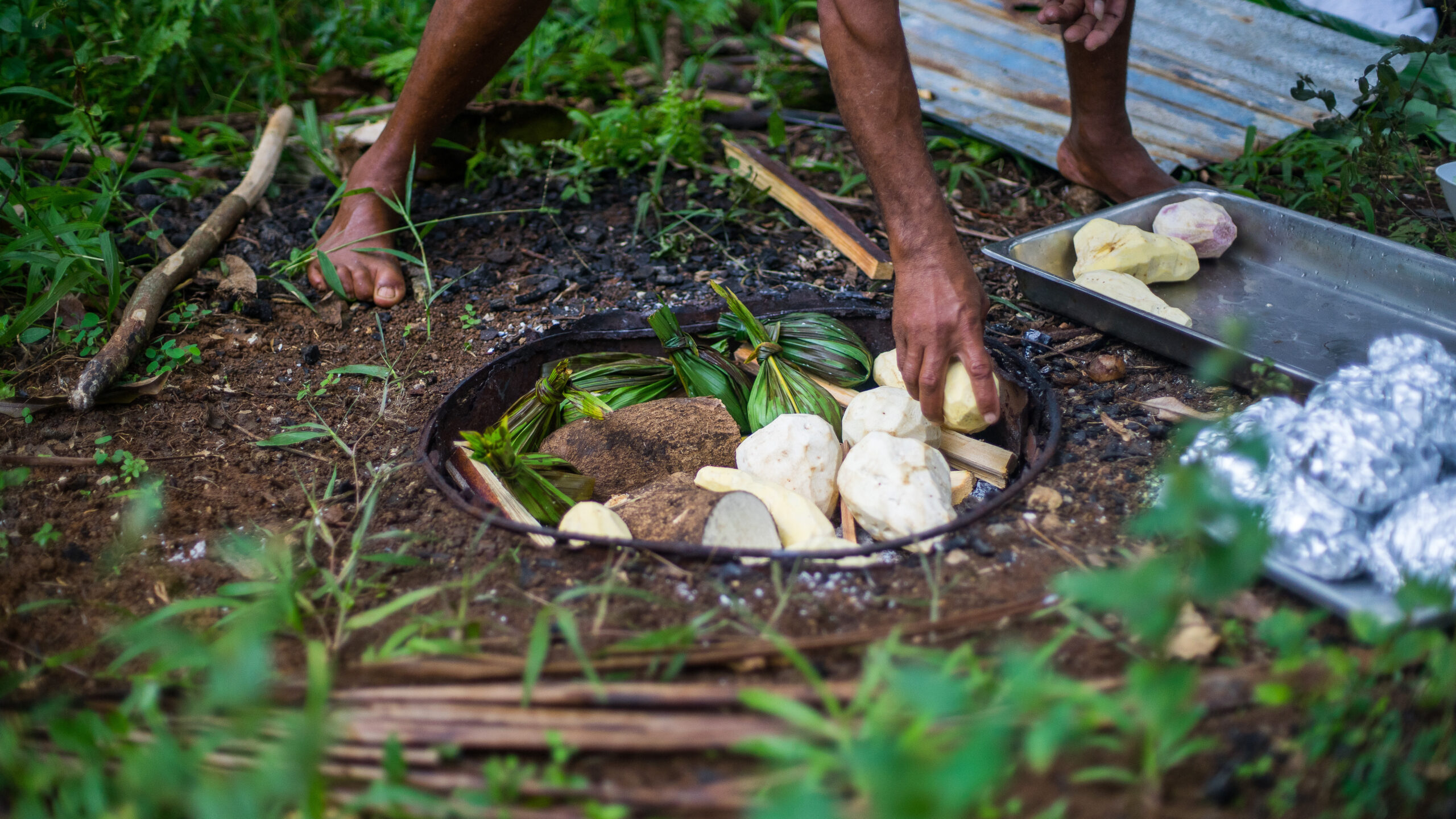
Rapa Nui cuisine centers around the island’s limited resources and reliance on the sea. Fish, like tuna and mahi-mahi, are staples in many dishes. The traditional cooking method, umu, involves slow-cooking food in an underground oven with hot stones. Sweet potatoes, taro, and plantains are key sides that accompany fish and chicken. The cuisine is simple yet rich in cultural significance, with flavors reflecting the Polynesian roots of the islanders.
This article originally appeared on Rarest.org.
More from Rarest.org
17 Critical Pollinators Essential for Global Agriculture
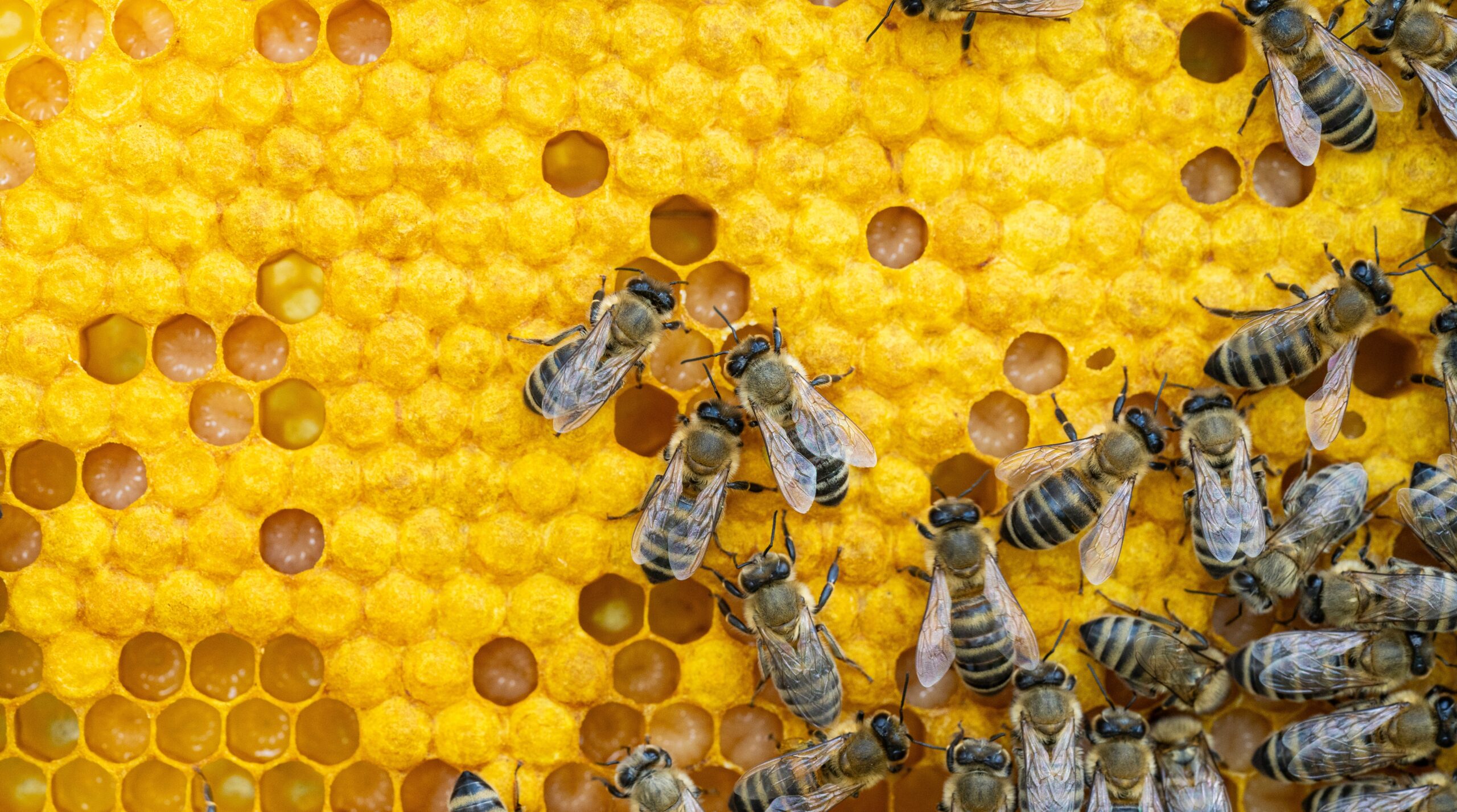
Pollinators play a crucial role in agriculture, enabling plants to produce fruits, seeds, and other vital crops. Read More.
20 Rare and Uncommon Classic Car Models with Limited Production

Rare and uncommon classic cars have always captured the attention of enthusiasts. Their limited production, unique designs, and fascinating histories make them highly coveted. Read More.
10 Unusual Historical Artifacts That Have Been Banned or Censored

Throughout history, certain artifacts have captured the world’s attention for their mysterious origins or controversial content. Read More.
